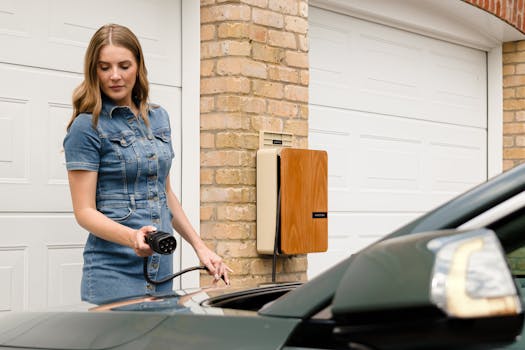
Smart Homes and Smart Living: The Technological Transformation of European Homes by 2025
Smart Homes and Smart Living is revolutionizing the way we live in European homes. The integration of technology into our daily lives has become an essential aspect of modern living, and by 2025, it’s expected that smart homes will be the norm. In this article, we’ll explore the technological transformation of European homes and what this means for homeowners, the environment, and the future of living.
Introduction to Smart Homes
A smart home is a residence that is equipped with advanced technology to provide occupants with a high level of convenience, comfort, and sustainability. Smart homes are designed to make life easier, more enjoyable, and more environmentally friendly. With the help of smart devices, sensors, and automated systems, homeowners can control and monitor various aspects of their home, such as lighting, temperature, security, and entertainment.
Benefits of Smart Homes
The benefits of smart homes are numerous. Some of the most significant advantages include:
- Increased convenience: Smart homes allow homeowners to control various aspects of their home remotely, using their smartphone or voice assistant.
- Improved comfort: Smart thermostats and lighting systems can learn occupants’ preferences and adjust the environment to create a comfortable living space.
- Enhanced security: Smart security systems can detect potential threats and alert homeowners, providing an added layer of protection.
- Energy efficiency: Smart homes can optimize energy consumption, reducing waste and saving homeowners money on their utility bills.
- Increased property value: Smart homes are highly desirable, and investing in smart technology can increase a property’s value.
Technological Advancements in Smart Homes
The technological advancements in smart homes are rapidly evolving. Some of the most significant developments include:
- Artificial intelligence (AI): AI-powered smart home devices can learn occupants’ habits and preferences, making adjustments to create a personalized living experience.
- Internet of Things (IoT): The IoT enables smart devices to communicate with each other, creating a seamless and integrated smart home experience.
- 5G connectivity: The rollout of 5G networks will enable faster and more reliable connectivity, supporting the growth of smart homes.
- Voice assistants: Voice assistants, such as Amazon Alexa and Google Assistant, are becoming increasingly popular, allowing homeowners to control their smart home devices using voice commands.
Challenges and Limitations of Smart Homes
While smart homes offer numerous benefits, there are also challenges and limitations to consider. Some of the most significant concerns include:
- Cost: Investing in smart home technology can be expensive, making it inaccessible to some homeowners.
- Complexity: Smart home systems can be complex, requiring technical expertise to install and maintain.
- Security: Smart homes are vulnerable to cyber threats, and homeowners must take steps to protect their systems and data.
- Interoperability: Smart devices from different manufacturers may not be compatible, creating integration challenges.
Conclusion
Smart Homes and Smart Living is transforming the way we live in European homes. By 2025, it’s expected that smart homes will be the norm, offering unparalleled convenience, comfort, and sustainability. While there are challenges and limitations to consider, the benefits of smart homes far outweigh the drawbacks. As technology continues to evolve, we can expect to see even more innovative solutions and advancements in the smart home industry.






